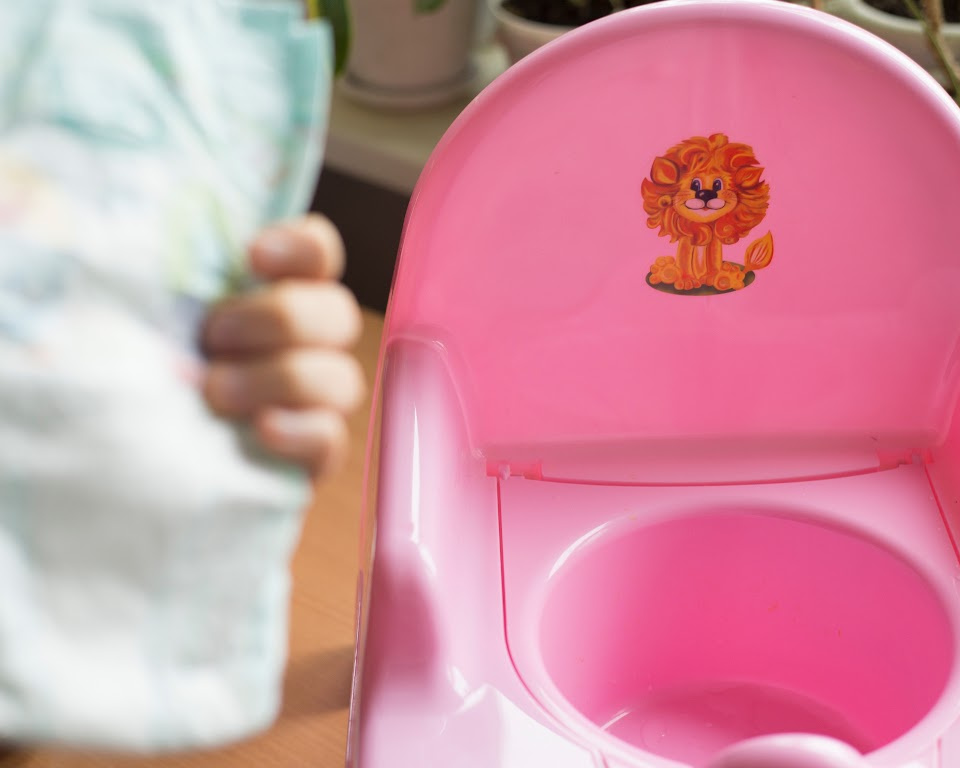Understanding how to communicate with a nonverbal autistic child is a challenge many parents, caregivers,…

How to Develop Non-Verbal Cues for Classroom Management
Effective non-verbal communication is an often overlooked yet crucial element in establishing a well-managed classroom environment. Developing and implementing appropriate non-verbal cues and strategies in the classroom is essential for teachers wanting to communicate silently, control their classroom without causing additional disruptions, and foster an environment conducive to learning.
One critical aspect to effectively develop non-verbal cues for classroom management, includes pre-planning gestures or visual aids that directly address students’ needs. For instance, teachers can incorporate basic American Sign Language (ASL) into their communication strategy. This can make the classroom more inclusive, specifically accommodating those students who are deaf or hard of hearing.
Another benefit of using non-verbal cues is the significant reduction in the overall classroom noise level, primarily because these signals replace the need for vocal reprimands. Employing various stimuli such as rhythmic clapping or light changes can subtly yet effectively guide student behavior. However, it’s crucial to understand the dynamics of the classroom and adjust these cues accordingly. After all, the primary aim of these non-verbal strategies for managing the classroom is to ensure a comfortable and inclusive experience for all learners while improving classroom management.
Understanding the Impact of Non-Verbal Communication in the Classroom
Non-verbal cues are a compelling tool, enhancing teacher-student communication and bringing about a productive environment. Such practices open channels for prompt interactions that save instructional time, maintain classroom control and achieve a harmonious learning ambience.
Benefits of Non-Verbal Cues for Effective Classroom Control
Leveraging effective non-verbal cues for teachers enables the establishment of a unique language between teachers and the student-body, thereby fostering a comfortable learning atmosphere. They are adaptable across different grade levels and customizable to address individual student’s needs or guide the whole class.
Consistent use of non-verbal cues immensely aids in managing behavior, witnessing students’ confidence soaring high. This approach also boosts social awareness among students, making classrooms hubs of engaging interaction rather than monotonous instruction.
Types of Non-Verbal Cues: Audible, Visual, and Sensory
For optimizing classroom control, teachers expertly use a mix of audible, visual, and sensory cues. Audible signals like rhythmic hand claps or specific sound patterns, visual prompts such as changes in lighting or color-coded signs, and sensory stimuli like proximity control effectively guide student behavior.
Utilizing body language for classroom control further accentuates your non-verbal strategy bringing about significant improvement in classroom management. Integration of these cues into daily classroom proceedings underscores the importance of non-verbal cues for student behavior, making the concept of schooling more inclusive and enjoyable.
Planning and Implementing Non-Verbal Strategies
Tackling the challenge of managing a classroom while ensuring fruitful engagement can often feel like walking a tightrope. Through strategic planning and implementation of non-verbal communication, educators can give new dimension to their approach. By adopting non-verbal cues which resonate with student’s understanding, common classroom issues such as requesting a bathroom break or needing confirmation can be handled discreetly. With persistent and measured integration of these tactics, educators can bring about a significant positive shift in the dynamics of classroom behavior and engagement.
Utilizing Body Language for Classroom Control
Teachers can communicate myriad messages to their students using simple body language cues. A nod can serve as a silent affirmation, a pointed look can rein in distracted behavior, and a held-up hand can encourage quiet. A pre-planned set of body language signals that are shared, understood, and adhered to can bridge the gap between teachers and students, facilitating a sense of mutual respect and understanding. With the gain in control over classroom activities, educators will find it easier to manage the classroom and maintain the focus on learning.
Adopting American Sign Language (ASL) for Student Engagement
Apart from traditional non-verbal cues, adopting widely recognized non-verbal communication systems like American Sign Language (ASL) can add depth to student engagement. By incorporating sign language into routine activities, educators can ensure inclusivity for all students, especially those who are deaf or hard of hearing. Moreover, the learning and use of ASL can foster curiosity, expand cultural understanding, and create a stimulating classroom environment.
Integration of Non-Verbal Cues into Daily Teaching Practices
Having a visible poster displaying the chosen non-verbal cues or a digital adaptation for remote learning can serve as reminders and reinforcement for students. Keeping them fresh and relevant, through regular reviews and student-led sessions, is crucial. This maintains a sense of shared responsibility and involvement, creating a democratic and more engaging classroom environment where the chosen cues don’t just remain as a passive backdrop, but become an active, integral part of the daily teaching and learning exchanges.
In conclusion, by incorporating more non-verbal communication into their strategies, educators can create classrooms where instructions are conveyed effectively, creating an active and confident learning environment.
FAQ
How can non-verbal cues be effectively utilized for classroom management?
Non-verbal cues can be effectively utilized for classroom management by carefully planning and selecting meaningful signals which address common classroom needs. Introducing these signals gradually, with student feedback and cultural sensitivity, can enhance their adoption. Use a diversity of cues including audible ones like hand claps, visual prompts such as lights changing, and sensory cues, for example, proximity control.
What impact does non-verbal communication have in the classroom?
Non-verbal communication has a significant impact in the classroom. It allows for silent interaction between teachers and students, minimizing disruptions and saving instructional time. It also fosters a comfortable learning environment, promotes student engagement, and enhances teacher-student communication. Consistent use of non-verbal cues can help manage student behavior and build their social awareness and confidence.
What types of non-verbal cues can be used in the classroom?
Various types of non-verbal cues can be used in the classroom, including tactile, visual, auditory, and spatial cues. Tactile cues can include a tap on the shoulder or high five, visual cues may involve hand signals or light changes, auditory cues such as clapping or ringing a bell, and spatial cues may involve the teacher moving closer to a student. The most effective cues will depend on the individual student and classroom demographics.
How can American Sign Language (ASL) be utilized in classroom communication?
American Sign Language (ASL) can be used effectively in the classroom to accommodate students who are deaf or hard of hearing. Teachers can utilize basic ASL gestures and signs as a part of their non-verbal communication strategy. The familiarity with ASL can also foster inclusivity and respect among students for different ways of communicating.
How can non-verbal cues be integrated into daily teaching practices?
Non-verbal cues can be integrated into daily teaching practices through regular practice and reinforcement. Teachers can introduce a few cues at a time, explaining their meanings, and practicing them with students until they become second nature. Regular reviews and student-led sessions can keep these non-verbal strategies fresh and effectively integrated into everyday classroom practices.



This Post Has 0 Comments